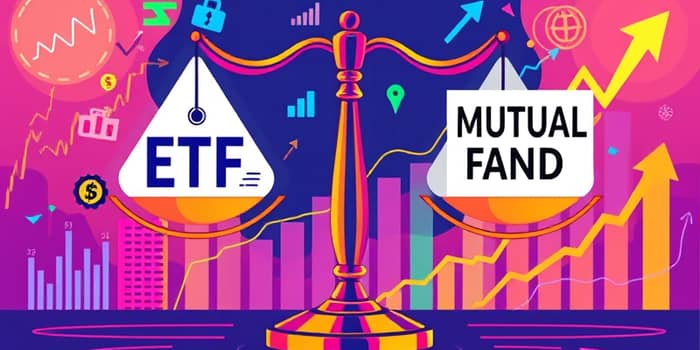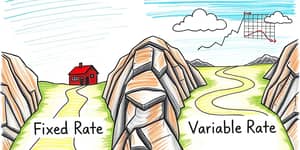
Investors today face a critical choice between two powerful vehicles: exchange-traded funds (ETFs) and mutual funds. Both structures offer exposure to diversified portfolios, yet their differences often impact net returns and tax consequences.
Understanding these nuances can transform your strategy and drive superior results. This article explores definitions, performance drivers, cost implications, and practical guidance to help you decide which vehicle aligns with your goals.
ETFs are baskets of securities traded throughout the day on stock exchanges, generally tracking a specified index or sector. They blend the accessibility of stocks with professional management.
Mutual funds pool capital from multiple investors to purchase stocks, bonds, or other assets, with valuations determined once daily at net asset value (NAV). They come in both passive index-tracking and actively managed forms.
Despite structural differences, ETFs and mutual funds share many advantages that appeal to a broad range of investors.
Several structural factors influence net-of-fee returns, tax efficiency, and trading flexibility. Below is a concise comparison:
These distinctions can translate into meaningful differences in long-term performance. Lower trading costs and redemption mechanisms for ETFs mean fewer taxable events, while mutual funds may generate capital gains distributions annually.
When comparing vehicles tracking the same index—such as the S&P 500—the gross returns are nearly identical, but net returns favor the lower-cost option. Over decades, lower expense ratios enhance net returns by reducing the drag on compounding growth.
Active mutual funds occasionally outperform benchmarks in select market segments, such as mid-cap or small-cap rallies. However, studies show most active managers lag their benchmarks after fees, making consistent alpha elusive.
In taxable accounts, capital gains distributions erode returns for mutual fund investors who are not in tax-advantaged vehicles. ETFs’ in-kind creation and redemption process typically avoids forced sales, preserving more of your gains.
Your personal objectives, risk tolerance, and tax situation should guide your selection. Consider the profiles below:
Start by lining up ETFs and mutual funds that track the same benchmark. Calculate the net-of-fee returns over multiple time frames—1 year, 5 years, and 10 years—to see which holds up best. Factor in bid-ask spreads for ETFs and transaction fees for mutual funds.
Regularly review your holdings to ensure the management style still aligns with market conditions. During periods of high volatility, active managers may shine, but in stable bull markets, passive indexing often outperforms.
Finally, remain disciplined. Avoid shifting assets based on short-term headlines. A well-chosen low-cost vehicle, held over the long term, usually leads to superior outcomes.
By weighing management style, fees, tax implications, and liquidity needs, you can select the instrument that best delivers on performance and aligns with your financial aspirations.
References













